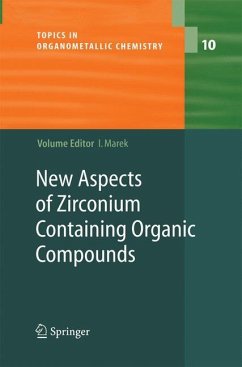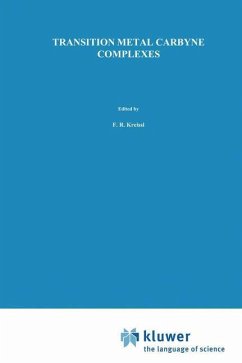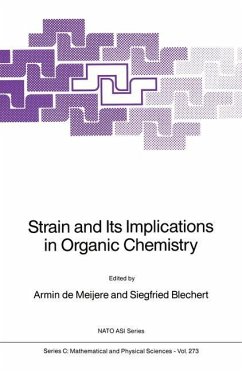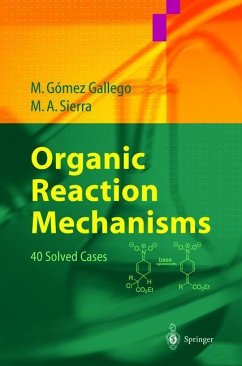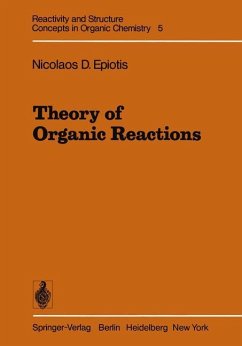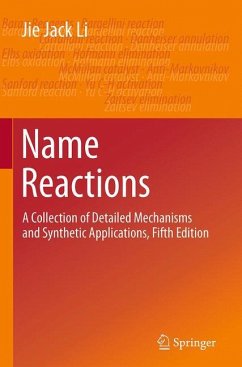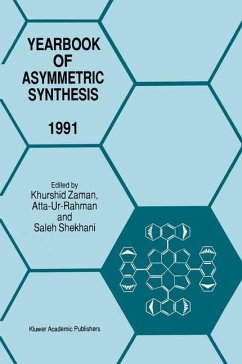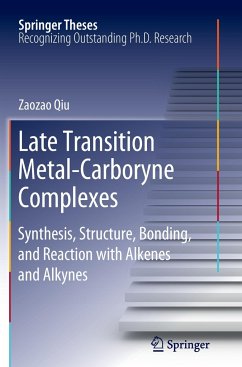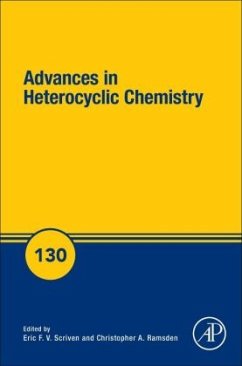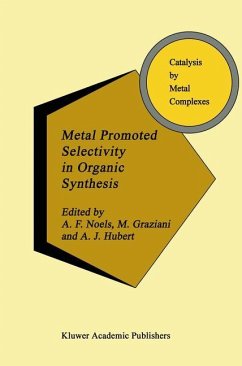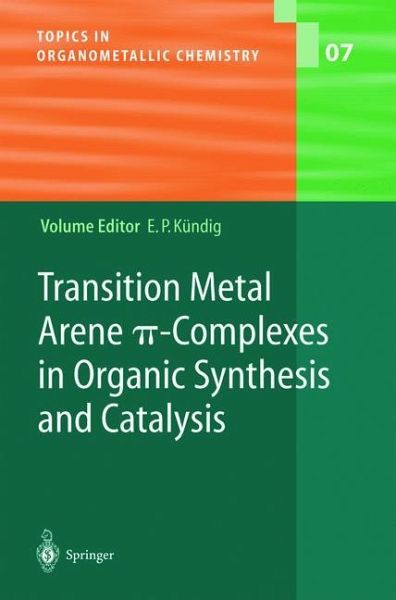
Transition Metal Arene ¿-Complexes in Organic Synthesis and Catalysis

PAYBACK Punkte
76 °P sammeln!
Metal-arene pi-complexes show a rich and varied chemistry. The metal adds a third dimension to the planar aromatic compounds and coordination of a metal to an arene thus not only altering the reactivity of ring-carbons and substituents but also makes possible reactions that lead to chiral non-racemic products. This book, organized in nine chapters and written by leading scientists in the field provides the reader with an up-to-date treatise on the subject organized according to reaction type and use. It covers the wide spectrum of arene activation: from the electrophilic activation of h6-bound...
Metal-arene pi-complexes show a rich and varied chemistry. The metal adds a third dimension to the planar aromatic compounds and coordination of a metal to an arene thus not only altering the reactivity of ring-carbons and substituents but also makes possible reactions that lead to chiral non-racemic products. This book, organized in nine chapters and written by leading scientists in the field provides the reader with an up-to-date treatise on the subject organized according to reaction type and use. It covers the wide spectrum of arene activation: from the electrophilic activation of h6-bound arene by pi-Lewis acid metal complex fragments, to reactions of nucleophilic h2-coordinated arene complexes. The preparation of complexes is detailed, as are the scope, limitations and challenges of reactions in contemporary pi-arene metal chemistry with special attention given to asymmetric transformations. The emphasis of the book is on transformations of interest to organic synthesisand on the use of the complexes as catalysts or as chiral ligands.
The book is written for academic and industrial researchers in organic, organometallic, and inorganic chemistry as well as for advanced chemistry students.
The book is written for academic and industrial researchers in organic, organometallic, and inorganic chemistry as well as for advanced chemistry students.





